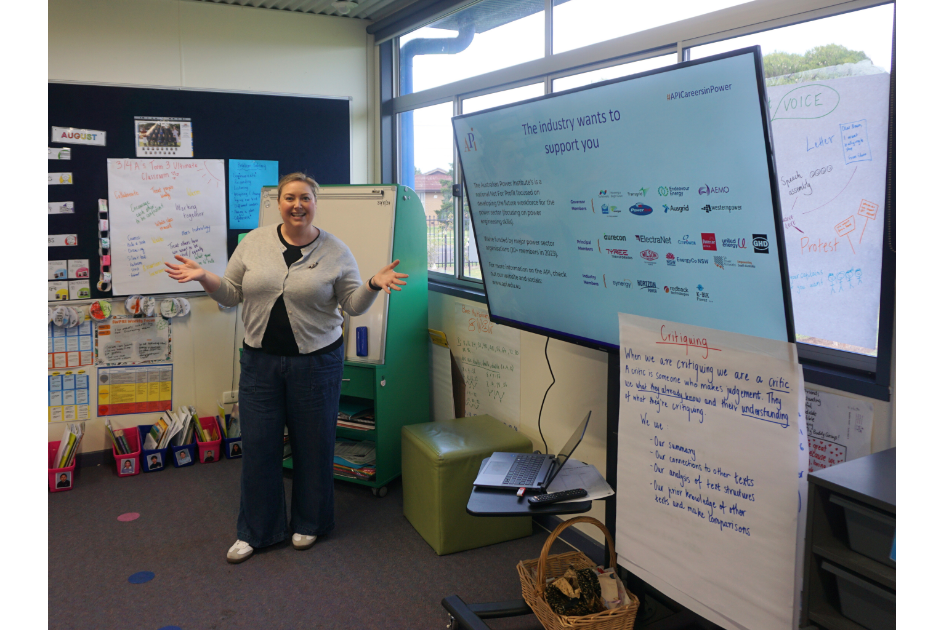The Evolution of Innovation within South Australia’s Power Sector – The Iconic Stobie Pole
- Jack Burgemeister

- Aug 21, 2024
- 2 min read
Updated: Aug 22, 2024
By Jack Burgemeister
Do you remember that first car trip where you noticed the poles and wires that provide the backbone of our power sector? Although the spans of wires are rather similar from state-to-state, the poles that support them tend to vary.
“Growing up in South Australia, I was negligent to this fact, and grew accustomed to the immovable Stobie pole, made from cement and mild steel.”
Only on a recent trip to Cairns did I observe power poles made differently, utilising treated pine. At that time, I thought to myself how it must’ve been the high humidity that influenced that decision, but after some research, I realised that in fact South Australia was the odd one out, and that the Stobie pole was in a league of its own.

Figure 1: The First Stobie Pole (left) on display at the Angle Park pole yard.
Invented and later patented by James Cyril Stobie in 1924, the Stobie pole has been a hallmark of South Australian infrastructure for what has now been over a century. The Stobie’s influence has not ceased at SA’s distribution or transmission network, instead expanding interstate to the adverse climates of the Northern Territory and Tasmania. The key to this widespread impact lies squarely with a combination of durability and adaptability, enabling an 80+ year life expectancy across any application.
Present – World Leading Renewables
Built on the back of the Stobie’s legacy is a South Australian power sector acting to adopt renewables at a world-leading rate. With this world-leading rate, SA once again finds itself solving world-first problems through large-scale renewable infrastructure and state-of-the-art projects such as Enhanced Voltage Management and Flexible Exports - enabling high renewable penetration without inhibiting system security.
Future – The Road to 100% Net-Renewables
Ultimately, South Australia’s innovation is leading it toward achieving 100% net-renewables by 2027. Luckily enough, innovation such as this not only exists in South Australia, but across the entire nation. From my perspective, there is no better time to be involved within the power sector as the exposure to interesting projects is never-ending and provides a remarkable basis of knowledge for a budding career. In my experience, the only limiters in this industry are the limits imposed by oneself, and once those limits are broken, an empowered future is quite literally at your fingertips.
About the author:

Jack Burgemeister is an API Scholarship Alumni and a current graduate engineer in the power sector. As a self-confessed ‘country boy’, he’s experienced firsthand the significant barriers to accessing valuable information, especially in an industry that is actively seeking the brightest minds for its future.
Recognising this challenge, he has chosen to dedicate time to creating content specifically tailored to the younger generation, offering industry insights and roadmaps crucial for others to follow a similar path. Jack firmly believes that without efforts aligned with this goal, achieving the Australian government’s lofty climate change goals, which require an 800% increase in the sector’s skilled workforce by 2050, would be flat out impossible.
Preview image sourced from Michael Coghlan: https://www.flickr.com/photos/mikecogh/33439536881/




Comments